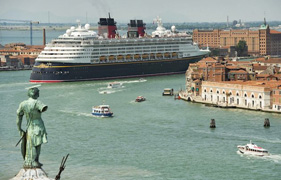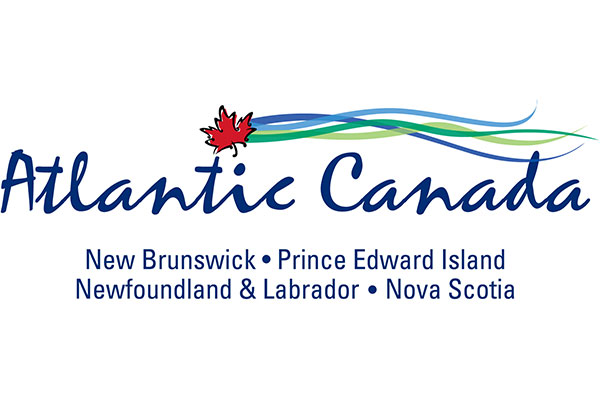Cruises lose

Green issues add to cruising problems
Cruise Lines International Association (CLIA), which represents 95 percent of cruise capacity worldwide with 63 member cruise lines, forecasts 21.7 million guests will cruise this year, up from 21.3 million in 2013 – just a tiny increase.
The cruise industry has had a rough few years, beginning with the January 2012 shipwreck of the Costa Concordia, which killed 32 people.
The bad news continued last year when Carnival had several mishaps, with passengers stranded at sea, ships towed back to port and cancelled trips. The negative publicity depressed prices and revenue for the company.
And it doesn’t get any better… the latest Sustainable Tourism Report reveals that cruising is generally far less sustainable than it could be – and that is clearly a big negative for the growing green marketplace.
During the latter half of 20th century, the cruise ship industry developed a reputation for irresponsible environmental and social practice due to several factors, including:
Amalgamation of trip components: Cruise ships combine all elements of a holiday: transportation, accommodation, hospitality and attraction and as a result, passengers spend most of their time on ship producing an enormous per capita amount of direct and indirect waste.
Spatial and temporal concentration at ports: when passengers disembark to visit destination ports, high levels of pollution, congestion and stress on services. Furthermore, local residents are often deprived of access to their own bus services when large numbers of cruise excursionists use public services to access sites beyond the ports of call.
Waste and congestion levels in turn are exacerbated by ‘super sizing’, wherein ship size and passenger capacities have been steadily increased to attract market share and increase profits. The 130000 ton Voyager of the Sea (RCL) for example, can accommodate 3,840 passengers and a crew of 1,181, and is just one example of new mega-cruise ships which can be described as ‘small cities’.
In addition, cruise ships emit three times as much carbon dioxide as airplanes and moreover the majority of passengers reach their cruising destination by flying which only compounds the carbon footprint.
And, as long as the ship is at least 3 nautical miles from shore, sewage can be dumped untreated into the ocean, thereby contaminating ï¬sh and other marine life and exposing seafood consumers and beachgoers to illnesses, including hepatitis, gastrointestinal and respiratory diseases. Furthermore, the surplus of nitrogen and phosphorous from ship sewage promotes excessive algal growth which reduces available oxygen levels the ocean suffocating marine life and coral reef can suffocate. For example, more than 150 manatees off the Florida coast have died as a result of algal blooms in the water.
Despite the bad reputation, cruise lines continue to make important strides to improve their environmental policies – some lines more extensively than others. Whereas recycling, incinerating and waste-processing were cutting edge on cruise ships a decade ago, such processes today are basic and expected.
Friends of the Earth created this annual report card:

Green technologies being incorporated into newly built ships include solar panels, advances in hull design that let ships cut through the water more efficiently, cooking oil conversion systems and energy-efficient appliances. Older ships are often involved in other environmental practices, including tweaking arrival and departure times at ports to save fuel and reduce noise pollution. Over the past five years, major cruise lines have invested an average of $2 million dollars per ship to upgrade vessels with better systems for dealing with waste management and emissions. Thus while the industry has grown 7.6% annually over the last decade, cruise ships have reduced their waste by nearly 50%.
But its clearly not enough:
The waste of a typical one week cruise includes:
- 50 tons of garbage
- 4 million litres of liquid waste from sinks, showers and laundry
- 800,000 litres of sewage
- and 130,000 litres of toxic waste
Valere Tjolle
Latest Sustainable Tourism Report out today, GET FREE EXECUTIVE SUMMARY AND REVIEW OFFER HERE
 United Kingdom
United Kingdom United States
United States Asia Pacific
Asia Pacific












































Dozens fall ill in P&O Cruises ship outbreak
Turkish Airlines flight in emergency landing after pilot dies
Boy falls to death on cruise ship
Unexpected wave rocks cruise ship
Woman dies after going overboard in English Channel